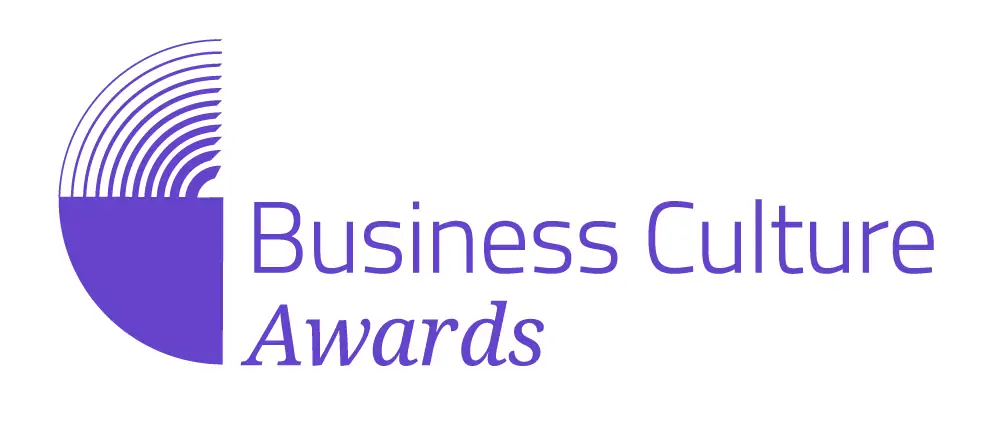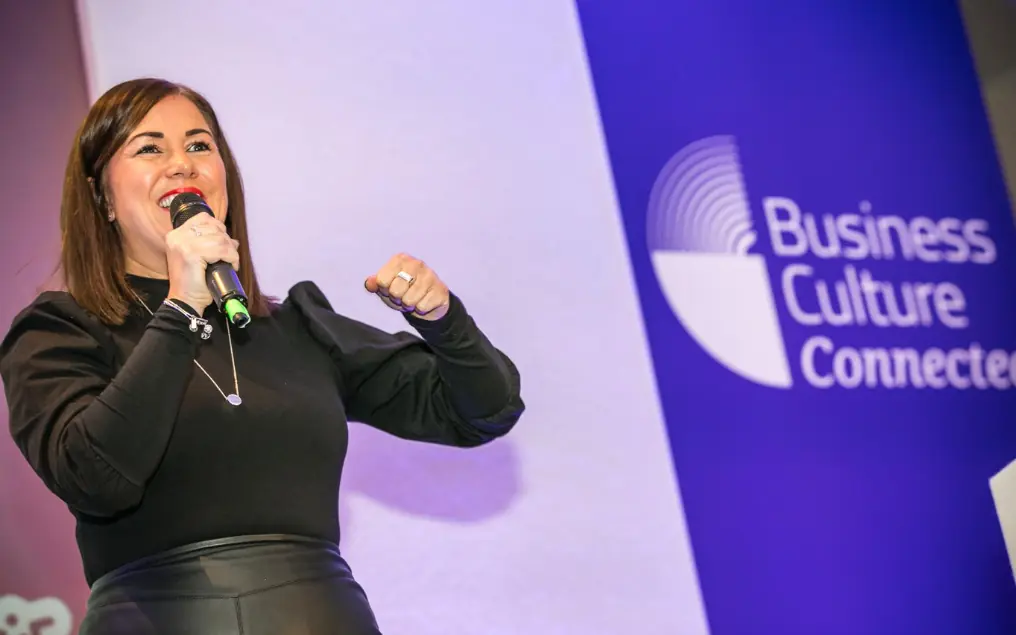In an age where the dynamics of the workplace are constantly evolving a strong organisational culture is key to business success. This was a clear message at the Business Culture Connected Conference, where a wide range of HR and culture leaders demonstrated how a robust, positive organisational culture is not just a desirable attribute but a crucial element in the modern business landscape.
The event was packed with case studies and insights from award-winning practitioners as well as global thought leaders. Subjects including NetZero and the war for talent to the role of managers and how to cook up a cracking culture were discussed, debated and digested. From this diverse range of issues impacting culture we have pulled out some common themes and actions:
1. Empower management
Modern managers are not just administrative heads but culture custodians, said Wayne Clarke, author of World Class Manager and founder of The Global Growth Institute. In a world where employees seek more than just financial rewards – craving purpose, inclusivity and personal development – Clarke highlighted how managers today are expected to be expert not only in traditional business skills but also in understanding and fostering diversity, equity and inclusion (DEI), environmental, social and governance (ESG) and communication skills among others. He noted that every CEO he talks to demands more from managers. He identified two core challenges, attention and time. The attention of people now is one second below that of a goldfish at eight seconds, he said. But it’s not attention span that is the big issue, it’s the increasing amount of competition for this attention. Leaders therefore need to rethink how they engage with their people. “It’s a magical dance between high productivity and support,” he says.
Tips:
● Train managers in soft skills like empathy and communication
● Regularly discuss and review DEI and ESG strategies with managers
● Regularly review and align team goals with customer needs. Four in 10 managers don’t know what their goals are
● Encourage managers to gather feedback directly from customers to understand their needs better
● Encourage managers to share their personal growth plans with their teams, fostering a culture of mutual development.
2. Master communication
In this era of dwindling attention spans leaders must innovate in engaging their teams. Speakers emphasised the necessity of clear, concise communication aligned with organisational vision and individual goals. Mark Heasman, CEO of social enterprise Provide Community, said communication from the top must be human and recognise that we all have good and bad days. He does a ‘one minute with Mark’ on his iPhone, with no post production. The message could be personal or business. “Make sure that the people at the top of the organisation are not just a face and name. And don’t take yourself too seriously. Give permission to have fun,” he says.
Tips:
● Break down communications into concise, impactful messages
● Allocate ‘discretionary time’ for managers, freeing them from excessive administrative tasks to focus on team engagement and communication
● Conduct workshops to help managers understand and align with organisational strategy so that they communicate better
● Ask your people what communications they want, when they want them and how they want them. Then deliver this!
● Make communication human – and fun.
3. Get the ‘Sharons’ in your camp if you want to embed culture
Cultural transformation requires insight, design and consistent embedding of new practices. Nowhere was this better demonstrated than in a case study from the Mortgage Advice Bureau (MAB). Its cultural overhaul, termed ‘Mabology’, showcased how culture is not a static element but a dynamic aspect of an organisation that needs continuous nurturing and adaptation. MAB had tried to shift culture in the past and failed, so it was no surprise that there was a sense of fatigue in the business. Claire Smith (pictured), who joined MAB as head of partnerships and has since moved to become chief people officer at Movera, talked about Sharon in finance who’d been there 16 years and seen it all before. “You need to get the Sharons in your camp,” she said. This is the person who’s seen it all before. The person who says we’ve done that and it won’t work. Get them in your camp and they become the biggest advocates for culture transformation.
Tips:
● Use employee representative groups to design and implement new cultural initiatives
● Ensure that cultural changes are founded on emotional engagement, making them meaningful and relatable to every employee so they can live it every day
● Look at the influences of culture: the organisational experience, customers, stakeholders, regulators, everyday habits, moments of truth, relationships, unplanned encounters and the language and tone. Interpersonal moments have three times more impact on culture, said Derek Bishop of Culture Consultancy
● Don’t focus on the activity. Usually there is too much focus here, but activity doesn’t impact culture. If you don’t focus on embedding the culture it becomes another initiative. Help people to build ownership to achieve change.
Read Part II: Enhance employee listening; View sustainability and CSR as new cultural cornerstones; Put culture at the front of hybrid and return-to-office strategies; Create talent advocates among all workers, not just permanent ones
Read Part III: A clear vision and purpose are essential for aligning teams; Building an environment which balances positivity with accountability; Consider implementing value-driven volunteerism; Integrate diversity and inclusion into every aspect of the business and Inclusion in the workplace; Think about employee lifecycle and departmental needs when developing new workplace practices
Register to attend Business Culture Connected on 9th May 2024 – Delivering Productivity and Performance

